Harvest Underway at Roslyn Urban Forest
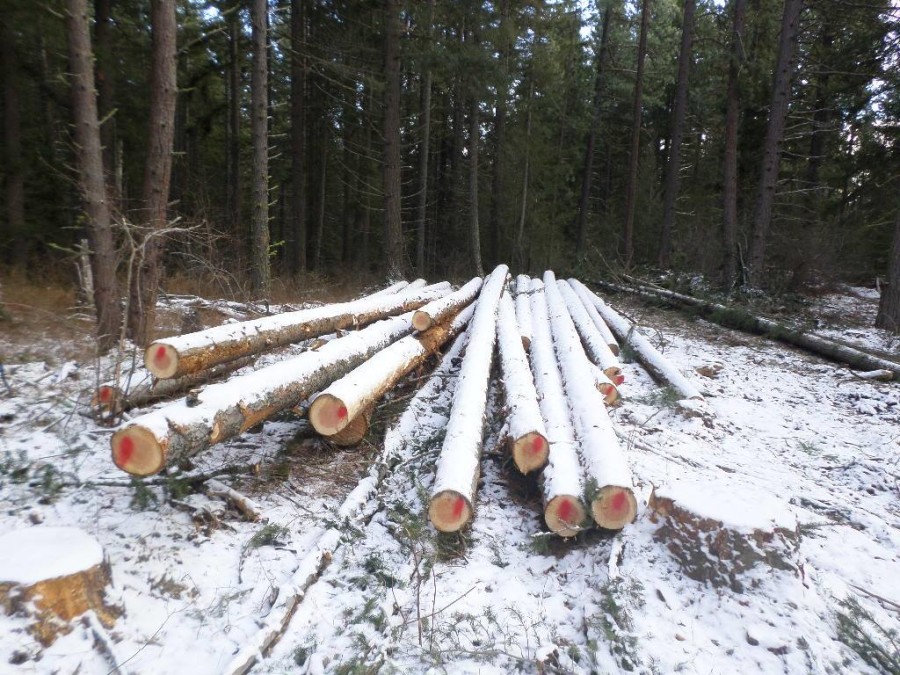
This month, Northwest Natural Resource Group started the restoration harvest on the City of Roslyn’s Urban Forest.
Roslyn’s forest has not been managed for decades and is extremely overtstocked for its age – mostly with Douglas fir that has grown in among the Ponderosa pine in the absence of naturally occurring forest fires. NNRG is helping the City implement its stewardship plan for RUF. The aim is to assist the forest in transitioning to more resilient conditions: a mosaic of open Ponderosa pine, Douglas fir and grand fir forest, with varying degrees of tree densities and canopy closures, low volumes of hazardous fuel, and adequate habitat opportunity for many species.
This first harvest is on 28 acres and is what NNRG calls an ecological thinning to reduce the number of trees per acre in order for the forest to become more resilient to disturbances such as insect outbreaks and fire. Income from the timber sale will go to the City of Roslyn.
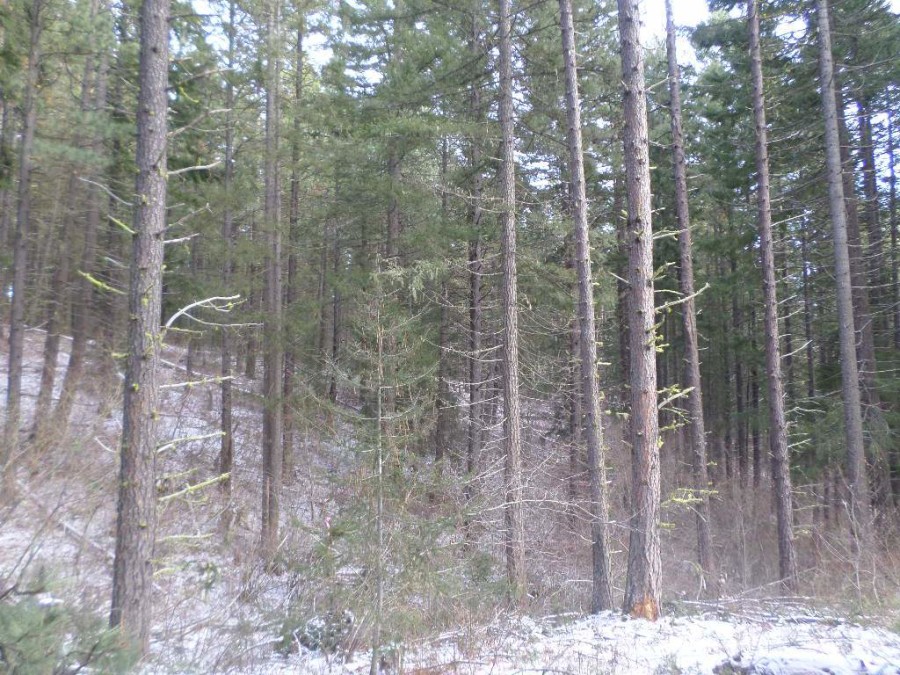
This is what the stand looked like before trees were removed. Most of the trees in this high density forest are Douglas fir in-growth. Historically the forest was a more open Ponderosa pine savanna. Due to fire suppression, the Douglas fir naturally reseeded and soon out-competed the Ponderosa. About 60% of the stand in this photo is Douglas fir and the crown closure (light that penetrates to the forest floor) is 70% to 100%.
Reducing the crown closure and thereby increasing access to sunlight is important for Ponderosa pines and understory plants such as pinegrass, elk sedge, and silky lupine.
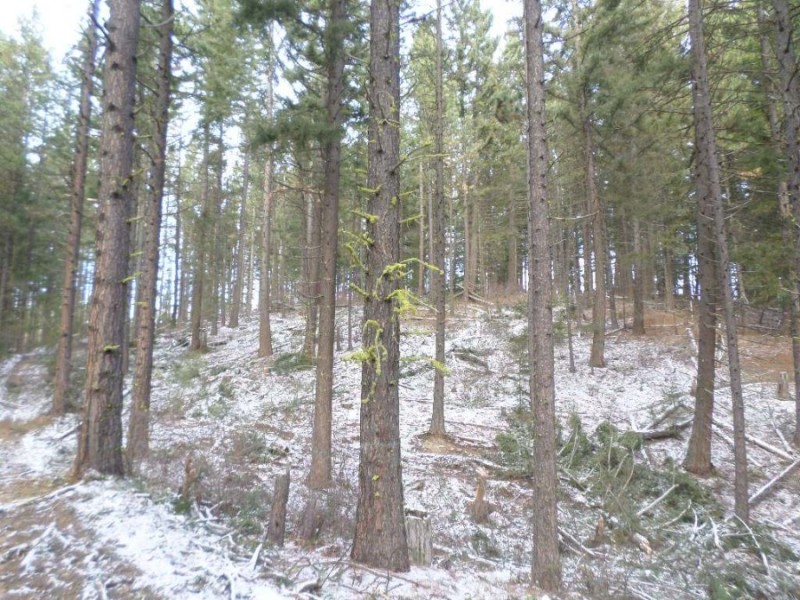
This is what the forest looks like after removing 30 percent of the trees. In this harvest prescription we’re taking out some of the dominant Douglas fir trees as well as the dying, diseased and suppressed trees. The goal is to release Ponderosa pine in the stand and to set up the forest and the remaining healthiest trees for improved vigor and resilience.
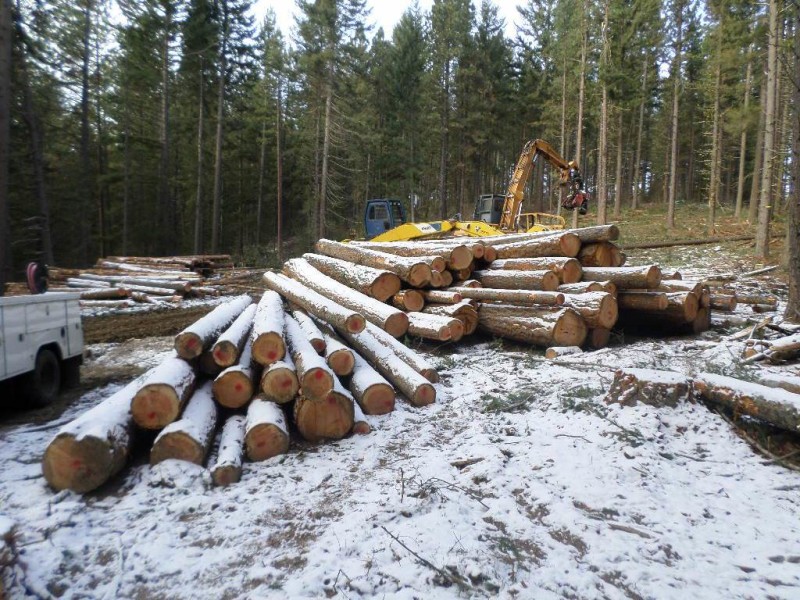
The higher quality logs will go to the Manke operation in Sumner where they will be milled into metric length dimensional lumber. The rougher logs will go to the Manke mill in Tacoma where they will be milled into domestic dimensional lumber which you might see in a retail lumber yard.
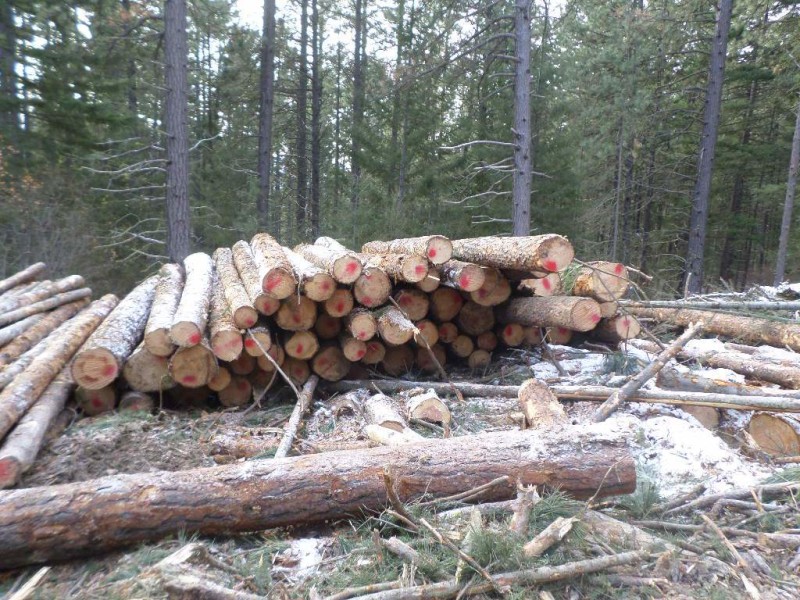
Finding a buyer for Ponderosa Pine sawlogs has been difficult. This once revered species has seem to fallen out of favor with many mills. These sawlogs are being sold to Yakama Forest Products in White Swan, WA.

The longer poles will be used as transmission poles like the ones you see along roads and highways. The long poles are known as “barkies” because they still have the bark on. These barkies will be trucked to the McFarland Cascade operation in Arlington, WA where they will be processed into utility poles and distributed throughout the continental US.
The shorter ones will be used as distribution poles like the ones you see bringing a service line through someones yard to their home.
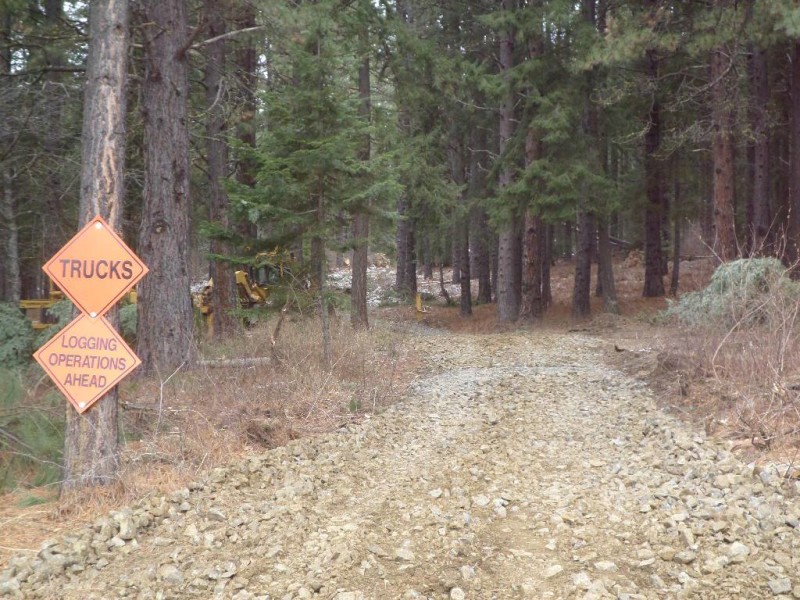
Our project logger, Thayer Excavating LLC, improved the road just enough to do the harvest work. When the sale is finished, the road will be returned to a hiking/biking trail by grading and spreading wood chips on the road surface. This road will be used to haul logs from future RUF timber sales that are part of the stewardship plan.
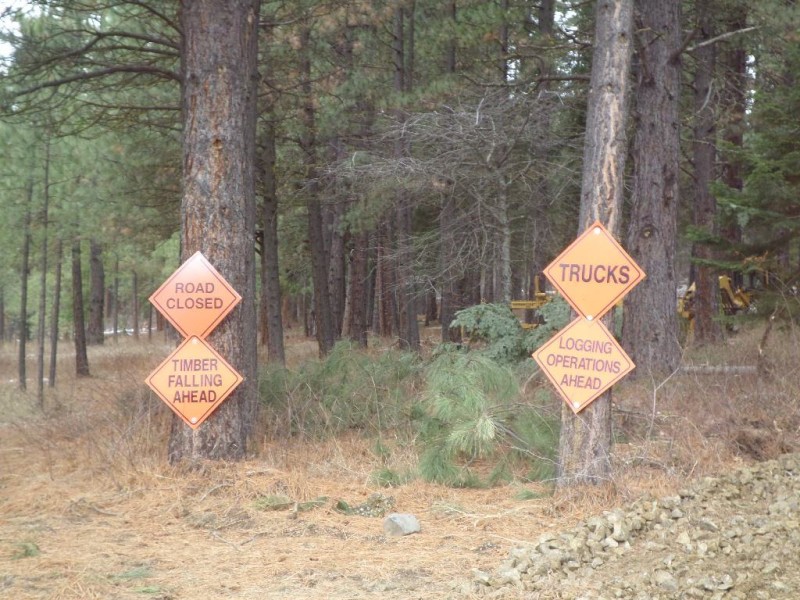
Roslyn’s Urban Forest is a popular recreation destination for hikers, mountain bikers, and cross country skiers. NNRG and the City are working together closely to help forest visitors know about the harvest activity and which areas are temporarily restricted for safety.

Leave a Reply